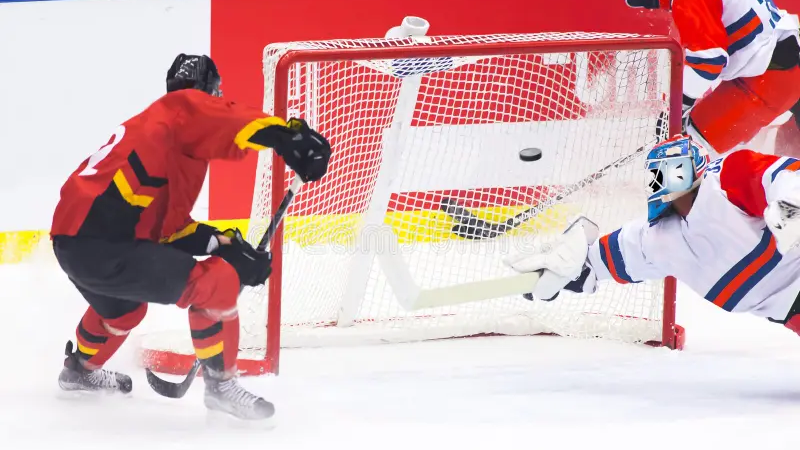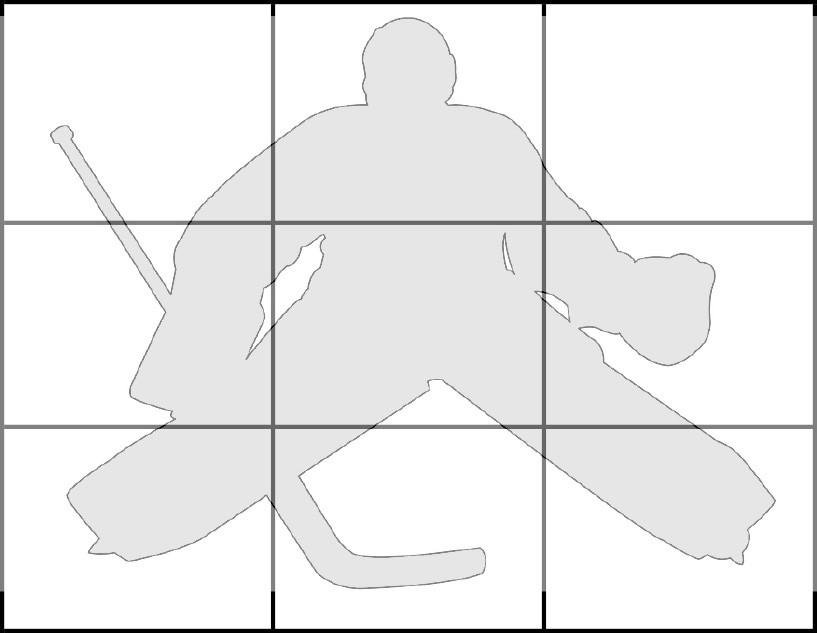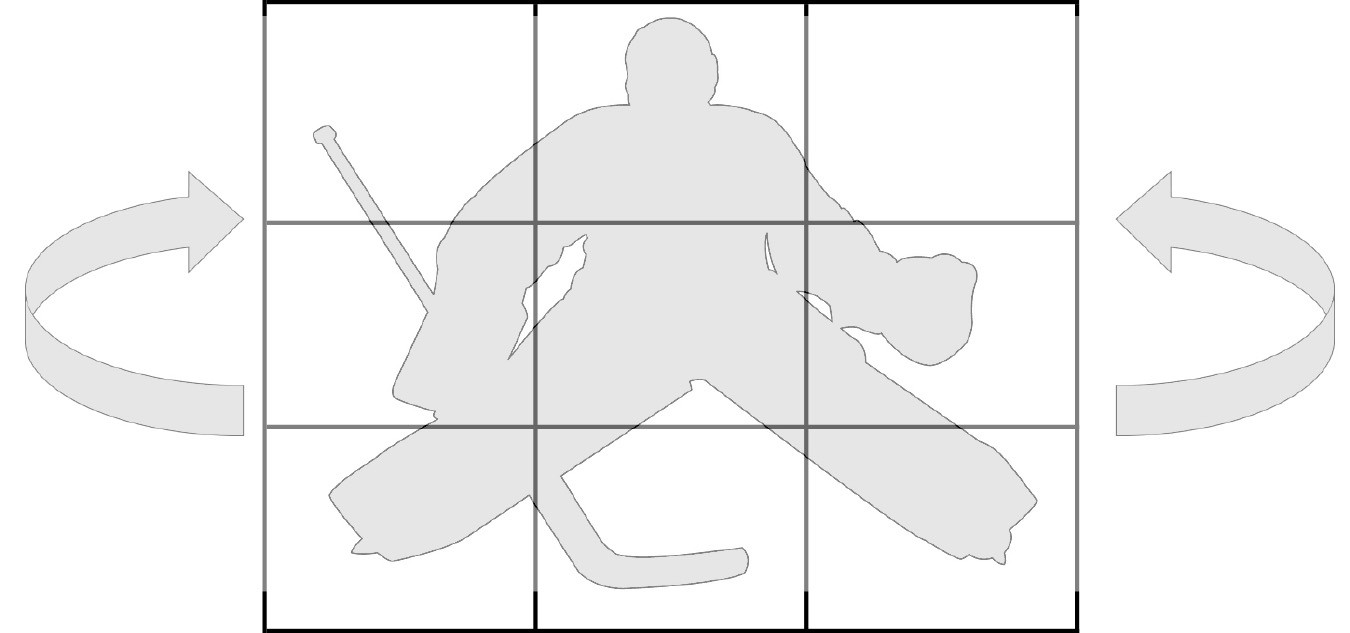Goaltending Beyond the Glove or Blocker: Rethinking Shot Analysis
A Fresh approach to analysing shot and goal "Target On Net" in Ice Hockey.

Like every pro sport, ice hockey has evolved over the decades. The game is broken down, analyzed, and optimized from every angle—players and coaches are always looking for that extra edge. Goaltending is no exception. It's a constant battle: skaters find new ways to beat goalies, and goalies adapt to stay one step ahead.
One popular way to analyze scoring is by mapping Goal Targets on Net—in other words, where goals are actually going in. For shooters, this highlights areas to aim for. For goalies, it can point to weaknesses that need work. The most common model divides the net into nine zones: high, middle, and low from top to bottom—and left, center, and right across.

This "Nine-Area Model" helps us see whether a goalie struggles with high-glove shots, low-blocker, five-hole, etc. With enough data, it also allows goalies to compare their numbers to league averages: Where am I stronger or weaker than my peers? What areas need improvement?
But here's the problem: this model only works if the goalie is actually in the shooting lane. Sure, a stat might show that a goalie allows too many high-glove goals—but what if most of those come from backdoor plays, rebounds, or after lateral passes? Those situations are less about hand speed and more about game reading, positioning, or depth control. Practicing glove saves won't fix a backdoor breakdown.
That's why I believe we need to evolve this model by adding two more categories:
➡️ "Move to Glove"
➡️ "Move to Blocker"

With these, we're no longer just asking "Where did the puck go?" but also "Was the goalie set and in position to make the save?" This paints a more realistic picture of strengths and areas to develop—whether that's reaction time or hockey sense. I've been using this "Eleven-Category Model" for years now, and it gives me far better insight into a goalie's true game. The original nine zones cover fundamental shot-stopping. The added two help diagnose whether breakdowns are coming from late reads, poor movement, or positional gaps.
From my own league data, up to one-third of all goals come from situations where the goalie wasn't on the shooting lane at all. That's a huge chunk—and it deserves a smarter approach in analysis. If you're a goalie or a coach, I'd love to hear your take. How do you evaluate goals where the goalie is out of position? Let's talk shop—drop your thoughts in the comments.
Thanks for reading this far 😀
New article: Players Path: From Youth to Professional
New article: Goalie Scouting: What Is It Really About?
New article: Building a Goalie Team in a Pro Hockey Organisation (TOP Article)
New article: Goalie Coaching in a Professional Team: What is it?
Past article: What Happens After the Final Whistle?
Past article: Life of a professional Goalie Coach
Past article: "Thank You and I'm Sorry"
Past article: "DIE TORHÜTER HABEN IM SOMMER SEHR GUT GEARBEITET"
Past article: New decade, new start

